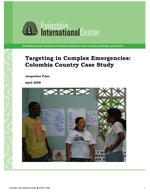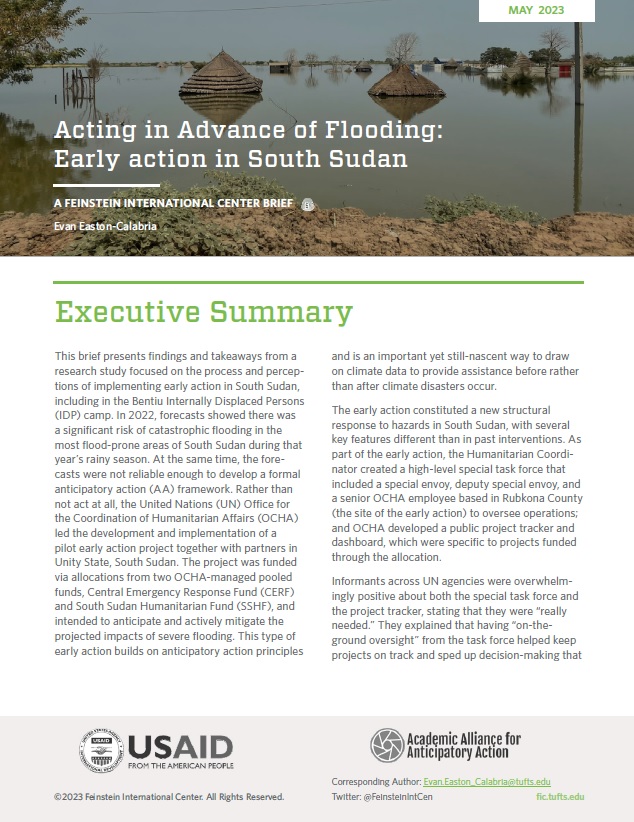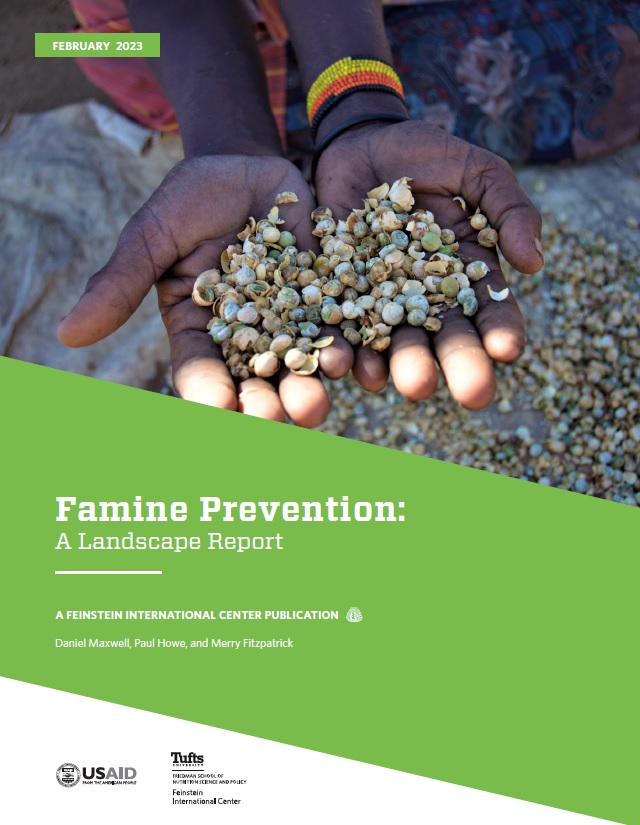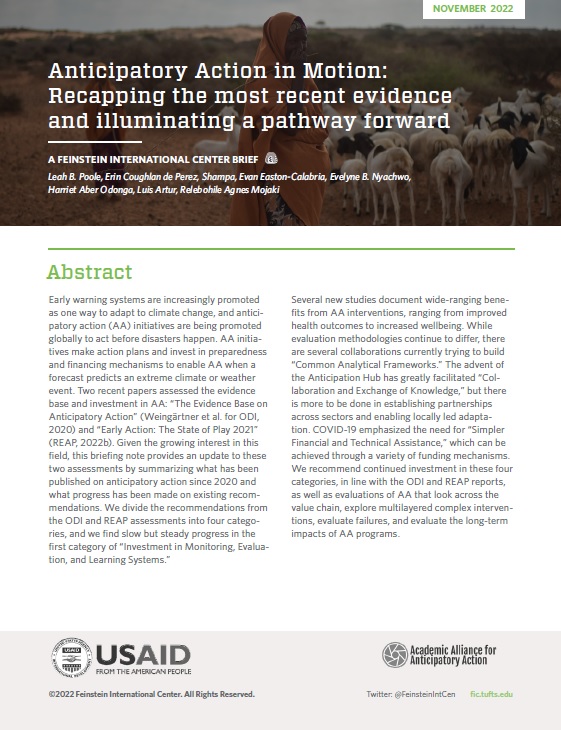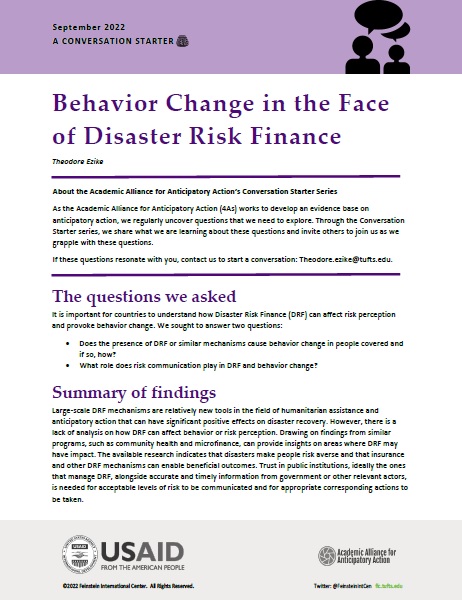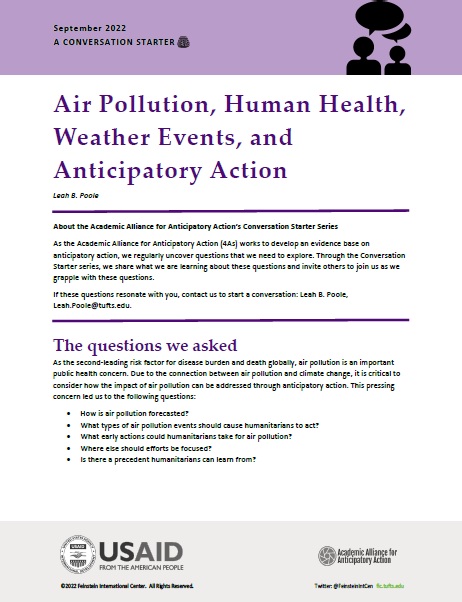Can community-based approaches to the targeting of humanitarian assistance in complex emergencies improve participation and reduce targeting error? Although the literature suggests that community-based targeting works best in slow-onset emergencies with no conflict or displacement, participatory approaches to targeting assistance have been attempted in complex emergencies.
This study examined the participation of displaced communities through the food aid program cycle with particular attention to its different steps (early warning, needs assessment, design, targeting criteria, beneficiary identification and selection, distribution, monitoring and evaluation).
Some communities can influence the implementing partners negotiation with WFP and hence can be said to successfully participate in the targeting strategy through advocacy. This is much more likely to happen in communities with strong cohesion and with leadership styles that foment good working relations with outsiders wishing to support that particular community. In some cases the beneficiary community itself approaches WFP to implement the project, this was seen to be more likely to be led by women in urban settings, where perhaps traditional leadership styles had somewhat broken down. Close and regular contact with the communities and implementing partners was found to be an essential ingredient for participative and representative approaches. WFP has successfully achieved this in many of the projects it is supports. The main exception to this observation was the mechanism of working with targeting practices already in place through established community leadership mechanisms set up for other purposes. This proved to be the mechanism which was most prone to abuse in terms of promoting participation.
This research is one of five cases in a study commissioned by the World Food Programme to investigate the participation of recipient community in the targeting and management of humanitarian food assistance in complex emergencies.

